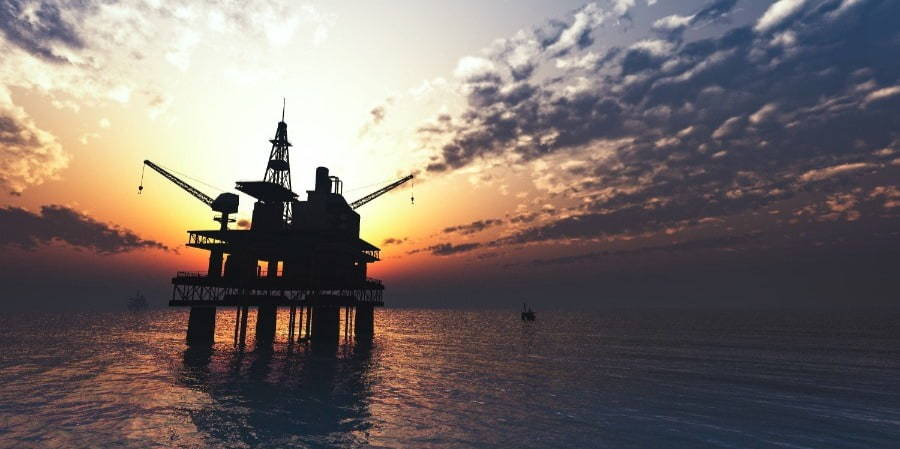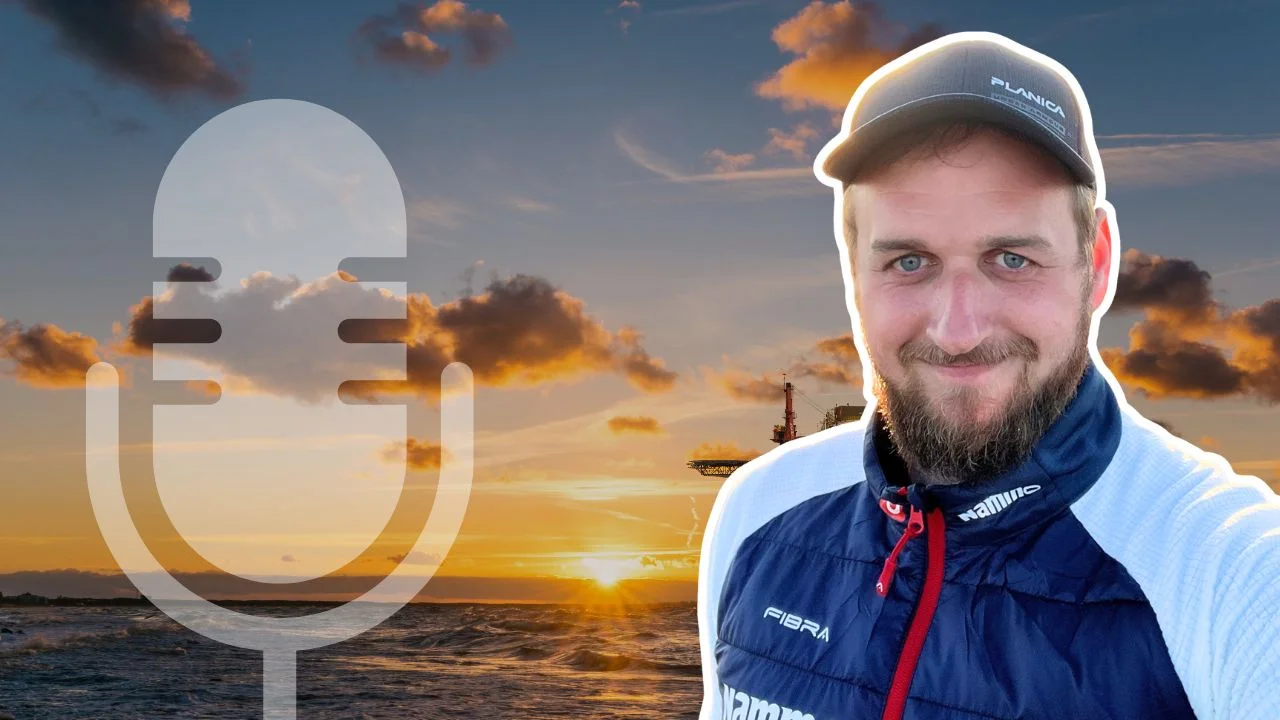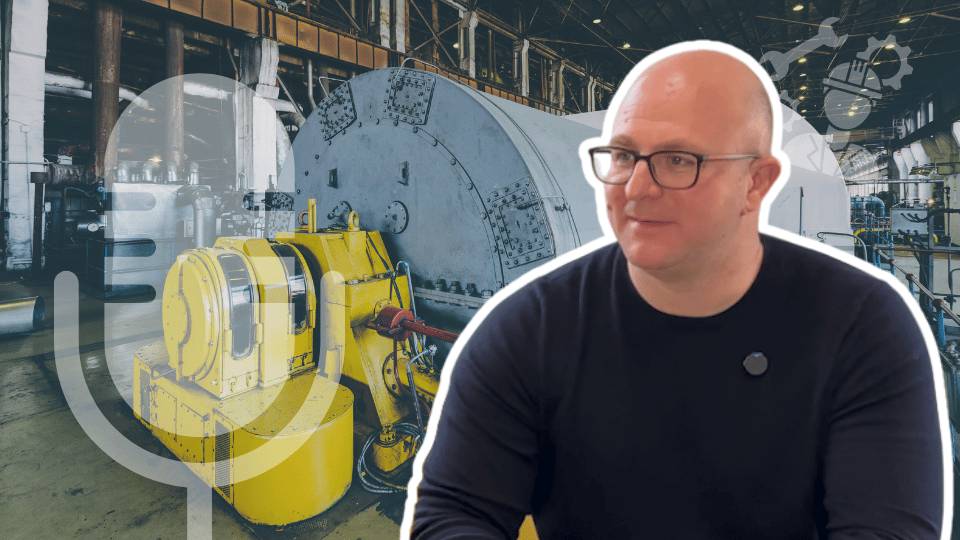Troll A - A Behemoth Of The North Sea
22 Jul, 20202:52Once the largest oil platform in the world, Troll A is a true colossus of the North Sea, whe...

Once the largest oil platform in the world, Troll A is a true colossus of the North Sea, where it has stood above the waves since 1996.
As we look through the last 50 years of engineering in celebration of NES Fircroft’s half-century of Oil and Gas recruitment, we would be remiss if we didn’t look at this iconic feat of engineering.
The Troll field
Reserves at what would become known as the Troll gas field were proven in 1979, and declared commercial in 1983. Block 31/2 in the northern North Sea, around 65km west of Kollsness, would contain around 40% of the total gas reserves of the Norwegian Continental Shelf (NCS), located 1,400 metres below sea level.
Norske Shell owned the license for the block at the time, finally beginning construction on a platform large enough to operate in the area in 1991. Equinor (then named Statoil) took over as production operator in 1996.
Constructing Troll A
The first platform to be installed on the Troll field is also the largest. Troll A is one of the biggest and most complex engineering projects ever undertaken, and remains the tallest and heaviest structure ever moved into another position.
Base construction built by Norwegian contractors for Norske Shell began in July 1991 at a cost of NOK4,150 million (US$650 million).
The platform stands on four steel reinforced concrete legs in a condeep gravity-based structure. The walls of each leg are over 1 metre thick, formed from a single, continuous pour of concrete. The result is a seamless leg wall the entire length down to the seabed, 300 metres below the surface. The reason for this is to allow the legs to withstand intense pressure from tides, while holding the full weight of the platform. Any disparity in the decanting of the concrete could have resulted in fissures or breaks in the structure, which would weaken it over time.
The legs flare out smoothly at the top and bottom, with fortified boxing interconnecting all four pillars for stability. As well as being incredible strong, the platform has to be flexible - swaying gently with the tides to relieve some of the pressure from them. The fortified boxing ensures all four pillars move together, and dampens any wave-leg resonances by retuning their natural frequencies. Six 40 metre tall vacuum-anchors hold the legs in place on the sea floor.
The base and deck were built separately and joined in 1995, when the base was submerged and prior to the entire structure being installed in place. Combined, the full platform has a total height of 472 metres (1,549 feet) - taller than the Empire State building. It weighs 683,600 tons (1.2 million tons with ballast).
Installing the Troll A
Construction was completed in the Norwegian village of Vats, approximately 200km away from the Troll field. Getting the gigantic platform in place would be a major engineering challenge itself. Unlike most oil and gas platforms, which are transported in parts with each leg towed on its side and dropped in to place, Troll A was assembled in Vats and transported in its entirety.
The journey took a full seven days and was such an incredible sight that it became a televised sensation across Norway. It remains the tallest and heaviest object to ever be moved by man across the surface of the Earth.
Legacy
Troll A was entered into the Guinness Book of World Records in 1996 as the largest offshore gas platform - though it has since been outsized by the likes of the Petronius and Berkot platforms.
It is the site of another, rather unusual world record - for “deepest underwater concert”, set in 2006 when Statoil celebrated their 10th anniversary of Troll gas production with a concert by Katie Melua inside one of Troll A’s legs, 303 metres below sea level.
40 wells are connected to Troll A, which was followed by Troll B, a floating process and accommodation platform with a concrete hull, and Troll C, a floating process and accommodation platform with a steel hull. By 2002 more than 400,000 barrels of gas per day were being produced from the Troll field, with enough remaining to last for another 70 years.
In April 2020 26km of new pipeline was laid by the world’s largest pipelaying vessel, the Solitaire, between the Troll A platform and new subsea installations of the Troll Phase 3 project. Equinor CEO Eldar Sætre called the project the company's “most profitable ever”, with a break-even of just US$10 per barrel.
50 Years of Engineering
NES Fircroft has been recruiting engineering and technical professionals for the offshore Oil & Gas industry since 1970. Read more about all our services or register your CV with us for free today.










